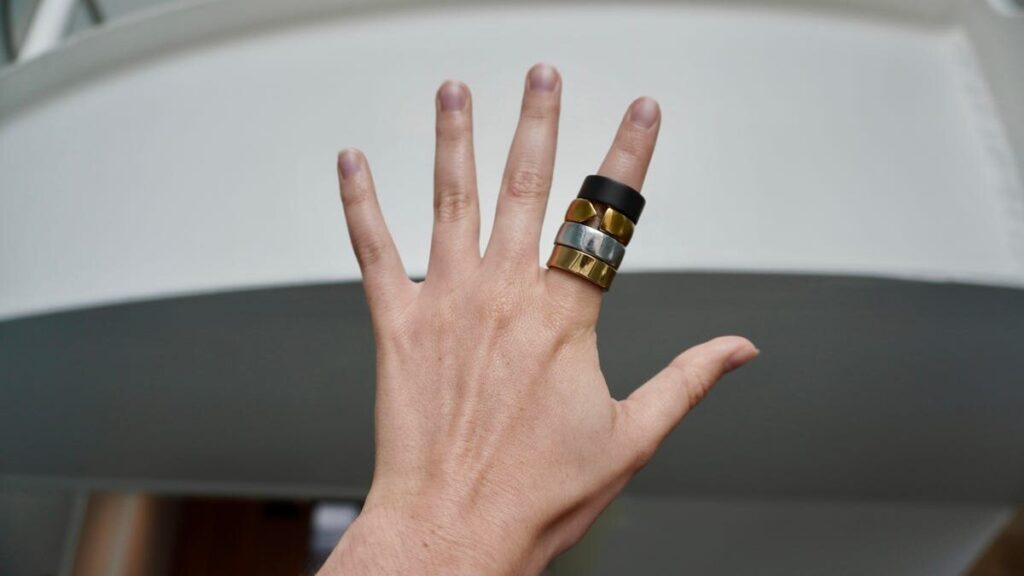As wearable technology continues to evolve, smart rings have carved a niche for themselves, blending health monitoring with sleek design. Among them, the Oura Ring has distinguished itself as a top contender, offering a myriad of features in a compact form. Having worn the Oura Ring for six months in various scenarios—from urban runs to office work, yoga sessions, and restful nights—I can assert that it is an invaluable tool for personal health insights.
The Oura Ring stands out with its intuitive user interface, which presents a wealth of health data without overwhelming the user. Each metric, be it sleep patterns, activity levels, or recovery statistics, is accompanied by a concise summary that transforms raw data into actionable advice. With just a tap, users can delve into historical data, examining trends in heart rate variability, respiratory rate, and more. This seamless access to daily, weekly, and monthly health metrics—presented clearly and accessibly—solidifies Oura’s position as the premier smart ring on the market.
One of the noteworthy features of the Oura Ring is its daily sleep and readiness scores. These scores synthesize the previous day’s and night’s activities, heart rate, body temperature, and blood oxygen levels, providing users with a holistic understanding of their overall well-being. The ring’s ability to detect stress and adjust activity goals accordingly is a testament to its sophisticated health tracking capabilities. On one occasion, the ring noticed a significant spike in my body temperature during the night and recommended engaging the rest mode to prioritize recovery.
A significant advantage of the Oura Ring is its compatibility with numerous health apps. Integrations with popular platforms like Natural Cycles, Strava, Apple Health, and Google Fit allow seamless data syncing, enriching the user experience. For instance, my Strava runs are automatically uploaded to the Oura app, creating a cohesive overview of my fitness activities.
The ring’s form factor reflects its user-centric design philosophy. Despite its somewhat bulky appearance, it offers extensive functionality and durability. Constructed from lightweight titanium with a non-allergenic, non-metallic inner molding, the Oura Ring is comfortable for daily wear and water-resistant up to 328 feet. Its battery life ranges from four to seven days, and a full charge can be achieved in just 20 to 80 minutes.
However, the Oura Ring does have its drawbacks. The $6 per month membership fee required to access advanced features such as in-depth morning sleep analysis and temperature trend monitoring has been a point of contention among users. Free membership offers only basic insights into sleep, readiness, and activity levels. Additionally, the ring’s size and prominence on the finger can be a deterrent for some, especially when compared to slimmer alternatives like the Samsung Galaxy Ring.
Despite these limitations, Oura’s customer service is commendable. They promptly replaced a colleague’s ring, free of charge, when its battery performance declined—a testament to their commitment to customer satisfaction.
In summary, the Oura Ring Gen3 expertly marries technological sophistication with user-friendly design, making it a standout choice for those seeking comprehensive health monitoring in a wearable device. With its robust features, seamless app integrations, and reliable customer support, Oura continues to lead the smart ring market, despite some minor setbacks in design and cost. For anyone focused on gaining deeper insights into their health and wellness, the Oura Ring remains the gold standard.


